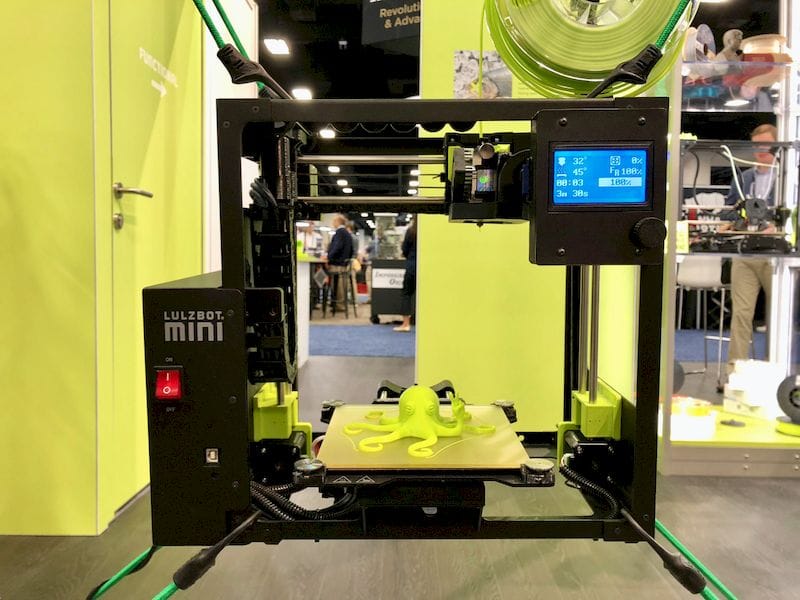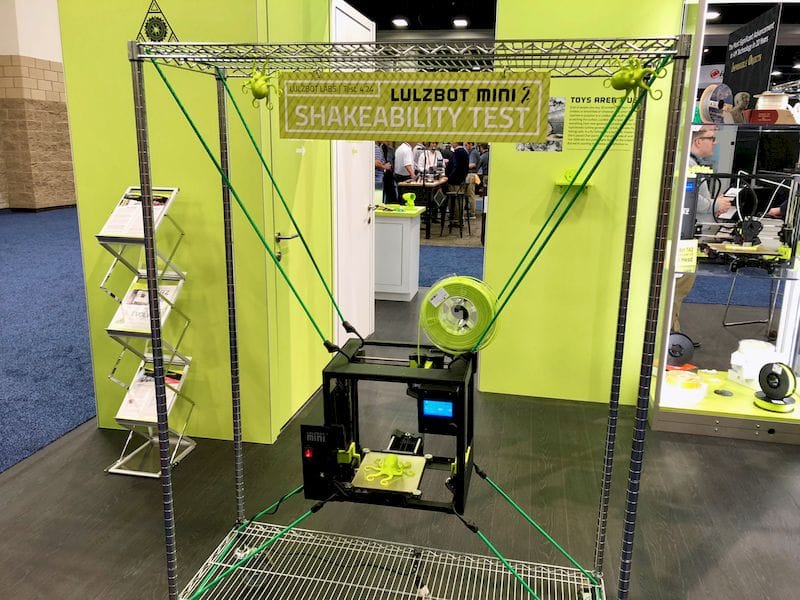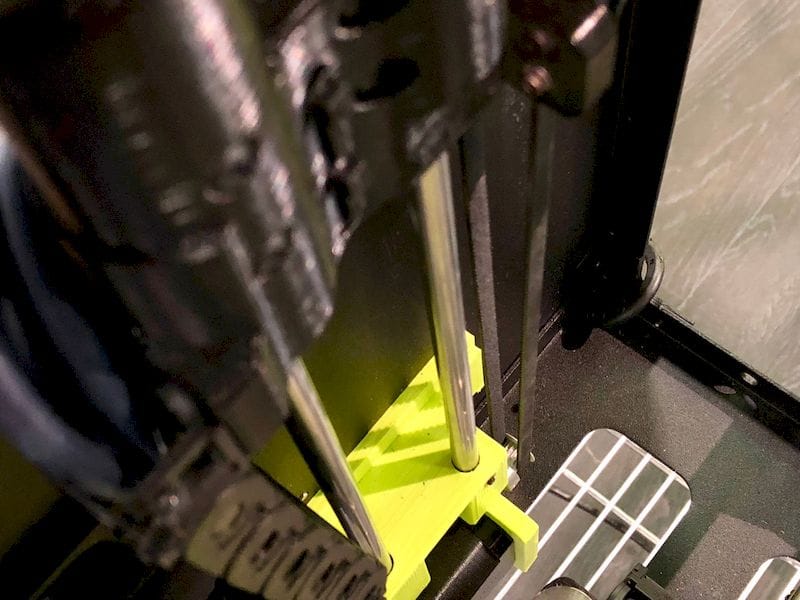
Aleph Objects announced the new LulzBot Mini 2 desktop 3D printer.
The open source-driven company based in Colorado has been producing well-regarded desktop 3D printers for many years and their latest is an update to their smallest machine, the Mini.
The flagship machine in their inventory is currently the LulzBot 6, a relatively large desktop unit that is used by industry and hobbyists alike. But it is sometimes out of the price range for hobbyists and educators, so Aleph Objects introduced the LulzBot Mini, which has been out for a couple of years now.
A mini version of the flagship model is something most other major 3D printer manufacturers provide for similar reasons.

The new Mini 2 inherits many aspects from its predecessor, the Mini, including the basic structural design. However, upon closer inspection there are many interesting differences.
The build volume is slightly larger build volume, said to be around 20%. But remember that means a linear change of only about 3% on each axis. So it’s about the same for all practical purposes.
But what is different is that many features that were considered optional on the original Mini are now included by default into the Mini 2, making it a more powerful machine right out of the box. Oh, I should point out that the Mini 2 is factory assembled, and is not a kit that you’d build yourself.
The changes include a belt driven Z axis, which moves a lot faster. While this won’t affect print speeds much, it will definitely speed up any maintenance activities where the build plate is moved larger distances.

There’s a modular print bed that includes a reversible glass print surface that’s covered with a PEI coating. This should make print sticking problems a thing of the past.
Print bed heating is improved. There is a silicone layer attached to a base metal plate that should distribute heat far more evenly.
The Mini 2 features a new toolhead that’s “designed around” the E3D Titan Hotend, called the “Aerostruder”. This should reduce a few reasons for print failure and thus make extrusion more reliable for all prints done on the Mini 2.
The electronics and drivers have been updated to new Einsy RAMBo electronics with Trinamic driversEinsy RAMBo electronics with Trinamic drivers. Aleph Objects explains that this should make the Mini 2 “whisper quiet”. I’ve heard the Mini 2 printing myself, and can attest that it is indeed a very quiet machine that would likely fit well into an office or classroom environment.
An LCD control panel is present to make operations a bit easier, although some users would operate the machine from their laptop in any case. The Mini 2 can, however, operate “tetherless”.
The price of the new Mini 2 is apparently to be a bit higher, likely because of all the previously optional features that are now included by default. It’s likely that most Mini customers added them anyway, so the projected USD$1,500 price will not be a surprise.
Via LulzBot

